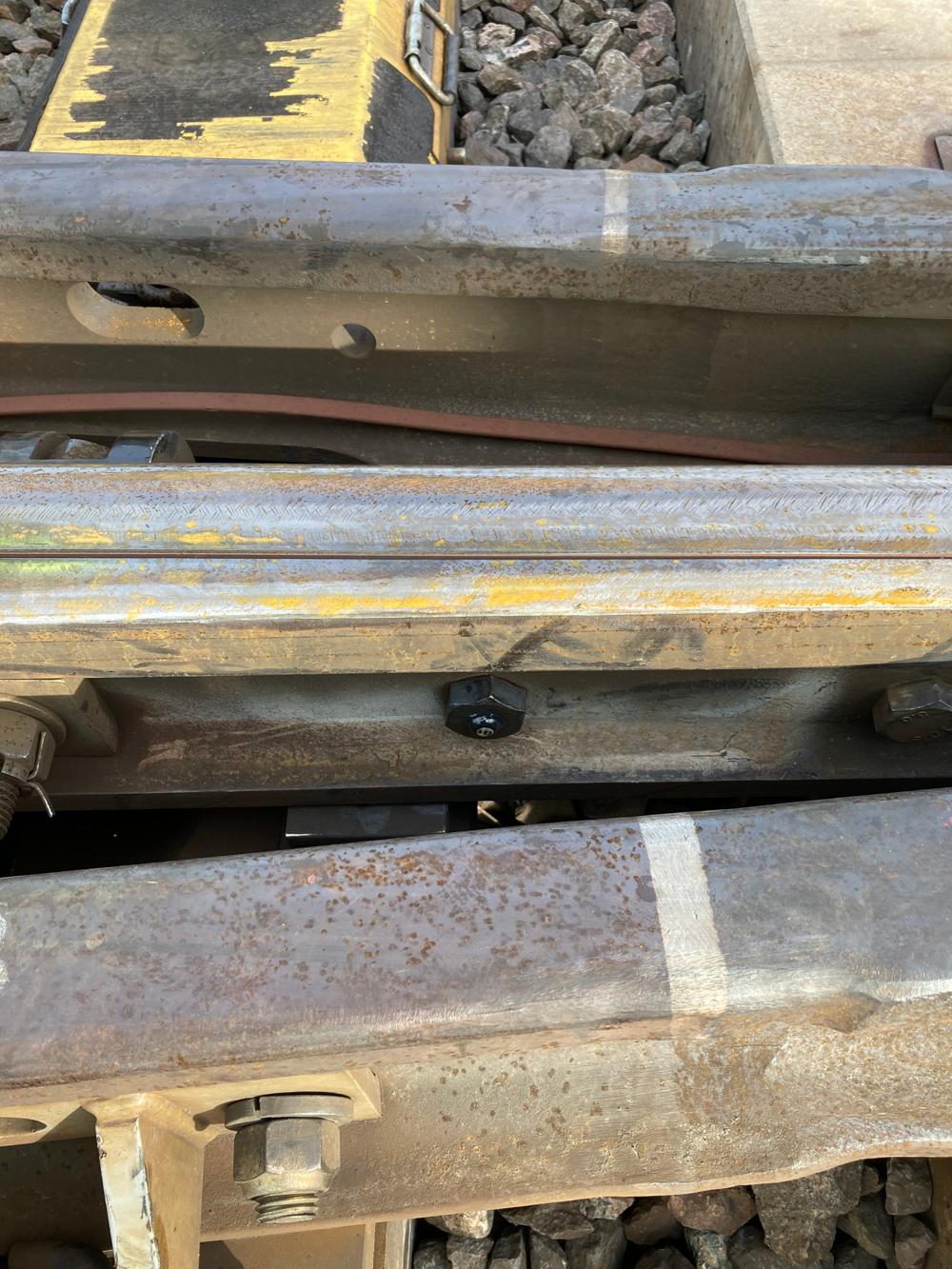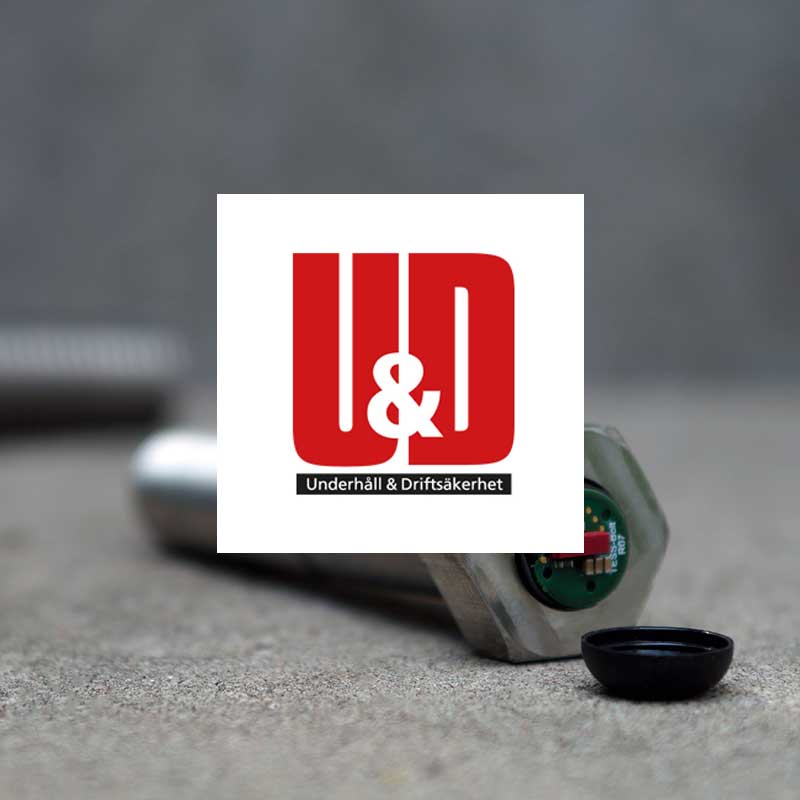Operational downtimes and failures could be avoided by digital moniting critical bolts informing when they start to loosen.
By Emelie Werme, June 13, 2024, 14:55 Read original article in Swedish
According to Grand View Research, 10-15 percent of all critical bolted joints risk becoming loose. At best, this results in costs and interruptions; at worst, it can cause injuries and fatalities. Strainlabs, a company developing and manufacturing connected bolts, aims to prevent this.

“Bolts are the most common way to join multiple parts together. Essentially everything built today consists of multiple parts,” explains Csaba Madru, mechanical engineer and CEO of Strainlabs.
He adds: “The issue with bolted joints is that they work by the means of a force known as preload. If the pre-load is not correct, nothing else matters. Everything is built on that foundation.”
Strainlabs’ connected bolts
Strainlabs targets all industries where mechanical constructions play a prominent role – from amusement parks to manufacturing industries. There were no similar products on the market when Strainlabs began developing the connected bolts
“When we were founded in 2014, we started by researching the best solution for a bolted joint monitoring system”.
Strainlabs’ smart bolts regularly send signals with information about their condition. These signals are sent to the company’s cloud solution, Strainlabs Analytics. With this method, companies can monitor many thousands of critical bolts and bolted joints simultaneously.
Each bolt is equipped with a sensor that sends a continuous flow of data, including information such as pre-load, temperature, signal strength, and battery status. If something is amiss, the bolt alerts the system.
“It becomes incredibly easier and cheaper to use connected bolts,” says Csaba Madru.
He notes that each bolt has a unique ID.
“This means that every bolt can be traced regardless of where it is in the world, down to its position in a machine.”
Besides preventing downtime or human injuries, the bolt is particularly suited for the maintenance industry. Today, most industries have thousands of bolts that need to be checked regularly. This requires manually planned maintenance, which costs time and money. Strainlabs’ Bolts can prevent this.
High interest from maintenance-heavy industries
“Installing the connected bolts is just like installing regular bolts. They are directly connected and ready to go.”
Which industries have shown the most interest in the connected bolts?
“The interest is actually very broad. Much of the interest is related to production and production lines. For example, the process industry has shown significant interest. We’ve seen that many quality controls in machines are linked to this interest. Overall, maintenance-heavy industries show a lot of interest,” says Csaba Madru.
Strainlabs is now transitioning from a startup to a scale-up. The company has many ambitious plans for the future. “There are many ideas, and we certainly want to further develop this. For instance, companies want to measure more parameters than what we currently offer,” says Csaba Madru, adding:
“We are moving from a startup to a scale-up. We have been sustained by venture capital while we researched the basic knowledge. The product is not hard to sell – quite the opposite. There isn’t a single company we’ve contacted that isn’t interested in the product.”


